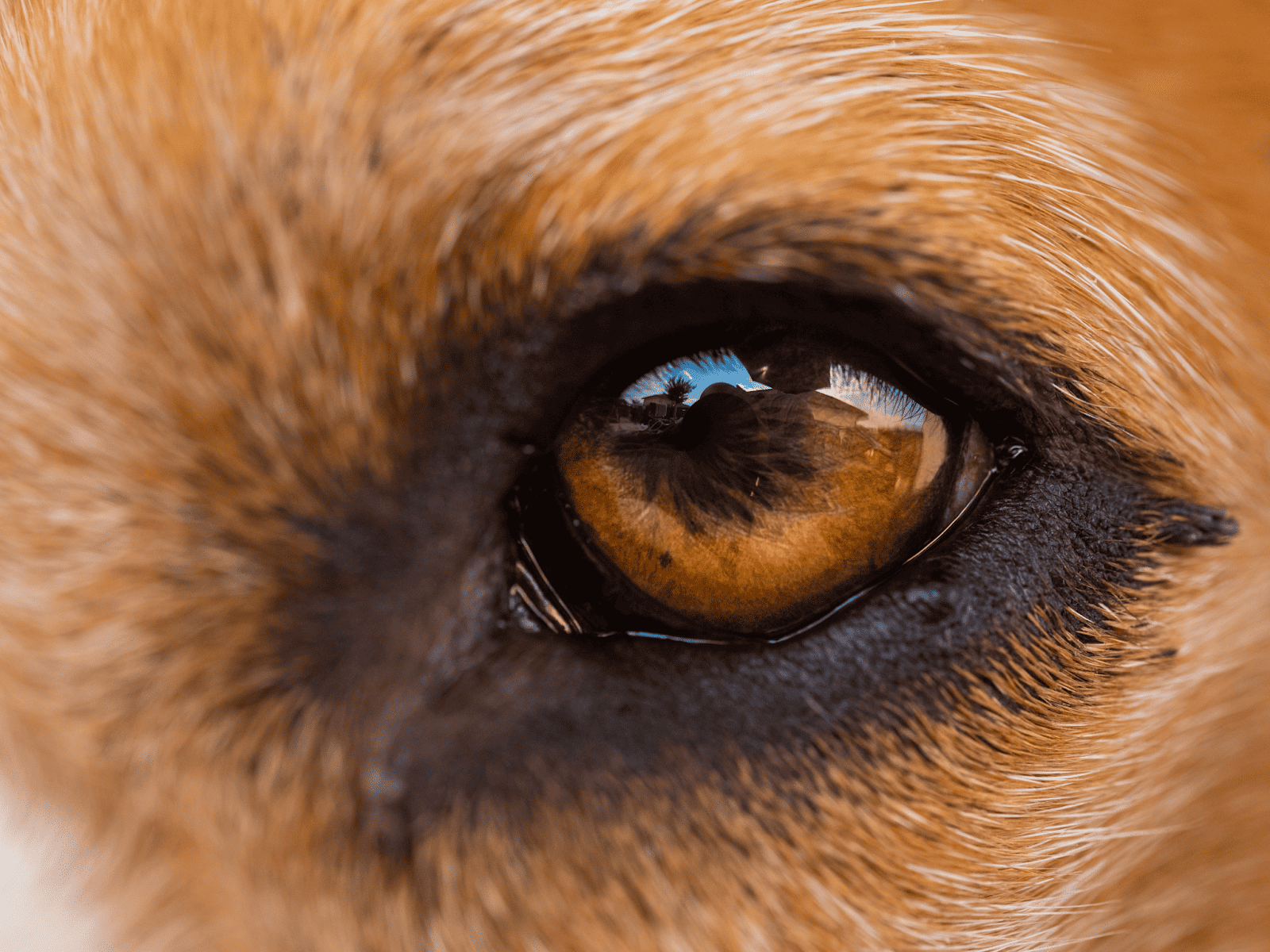What to Know About Intestinal Blockage in Dogs: Symptoms, Treatment, and Prevention
This is a subtitle for your new post

If there’s one thing we can say about dogs, it’s that they love to eat. Dogs are naturally curious animals that will eat just about anything and everything. But when that willingness to bite, chew, and steal your shoes causes your dog to eat something they shouldn’t, they may develop an obstruction in their digestive tract. Signs of intestinal blockage in dogs typically indicate your pet needs emergency veterinary care, so it’s important to know how to identify the symptoms and act quickly if you spot them.
What is an Intestinal Blockage?
An intestinal blockage or bowel obstruction in dogs is a partial or complete blockage in the stomach or intestines that prevents food or liquids from passing through.
In some cases, an intestinal blockage can disrupt normal blood flow and cause deterioration in the bowels. A blockage can cause tissue death (necrosis) or breakage by pressing on the intestinal wall, leading to a bowel rupture or perforation.
More commonly, though, a blockage prevents the absorption of water and nutrients through the digestive tract. This can cause dehydration and electrolyte imbalances.
If you believe your dog ate something they shouldn’t have, swallowed a foreign object, or is experiencing any signs of an intestinal blockage, contact your vet immediately. If you live in Austin, 24-hour emergency vet services are available here at Violet Crown Veterinary Specialists.
Signs & Symptoms Your Dog Has a Possible Blockage
Some of the most common symptoms of a gastrointestinal blockage in dogs include:
- Vomiting
- Anorexia (you might notice that your dog won’t eat like usual)
- Abdominal pain
- Diarrhea
- Dehydration
- Bloating
- Whining
- Hunching
- Weakness
What Causes Intestinal Blockages in Dogs?
A dog intestinal blockage is usually caused by a foreign body – an item the dog eats that then causes an obstruction – but this isn’t always the case.
Foreign Objects
Most intestinal blockage in dogs is caused by foreign objects your dog eats. Common examples of obstruction-causing items include:
- Balls
- Bones
- Toys
- Rocks
- Articles of clothing (like socks or underwear)
- Tampons
- Fruit pits
- Linear objects (string, yarn, thread, etc.)
Masses or Tumors
Dog tumors or masses, which are abnormal new growths of tissue in the digestive tract, may also lead to an obstruction. This is most likely to occur in senior dogs.
Certain Medical Conditions or Procedures
Other health problems or medical procedures might also cause gastrointestinal blockages in dogs. Some examples of other conditions that might come into play include:
- Strictures and adhesions, which are often caused by scar tissue in the intestines
- Hernias
- Intestinal twisting or torsion
- Severe inflammation of the intestines
- Internal parasite infections (like worms)
Treatment for Intestinal Blockage in Dogs
When a dog starts to show symptoms of a bowel obstruction, veterinary professionals must act quickly to diagnose and treat the problem.
Diagnosing Bowel Obstructions in Dogs
Your veterinarian will likely start by asking about the symptoms you’ve noticed as they examine your pet. In some cases, dogs can be made to vomit immediately at the vet’s office, which allows them to purge the foreign object before it causes a blockage.
But if your dog already shows signs of an obstruction, your vet will move on to a general physical examination. They may perform initial blood work, an X-ray, or an abdominal ultrasound to further evaluate the situation.
Treatment Options
Once the cause of your dog’s symptoms has been confirmed as an obstruction, your vet will determine the best treatment approach based on your dog’s size, symptom severity, and the size of the object in question.
Sometimes, the item ingested is small enough to be passed normally through a dog’s stool. Items that are lodged in the upper digestive tract can often be removed with a flexible endoscope.
However, if interventions like these fail, the foreign object isn’t moving on its own, or if the obstruction gets worse, your vet will likely recommend surgical treatment.
Bowel Obstruction Surgery for Dogs
Before pursuing bowel obstruction surgery, your vet may recommend admitting your dog into an animal hospital so they can receive IV fluids to fight dehydration. They can also receive medication for pain and nausea to help them stabilize.
Most gastrointestinal obstructions occur in the stomach or intestines, which means a gastronomy or enterotomy is typically needed to remove the blockage. Once the offending item is removed, your vet can close the gastrointestinal tract.
What should I do if my dog ate something bad or may have an intestinal blockage?
If you notice signs of an intestinal blockage in your dog, don’t wait to speak up. The first thing you should do is contact your veterinarian, even if you’re not sure what your dog ate or if they need to be seen.
Visiting an Austin pet emergency hospital like Violet Crown Veterinary Specialists allows you to access all the care your pet may need in one place. From emergency to critical care services and surgical treatment, our facility and staff are equipped to help you through each step of the recovery process.
Contact us any time or call us at (512) 284-2877 for emergency care and support.
Visiting an Austin pet emergency hospital like Violet Crown Veterinary Specialists allows you to access all the care your pet may need in one place.
From emergency to critical care services and surgical treatment, our facility and staff are equipped to help you through each step of the recovery process.
Contact us any time or call us at (512) 284-2877 for emergency care and support.


